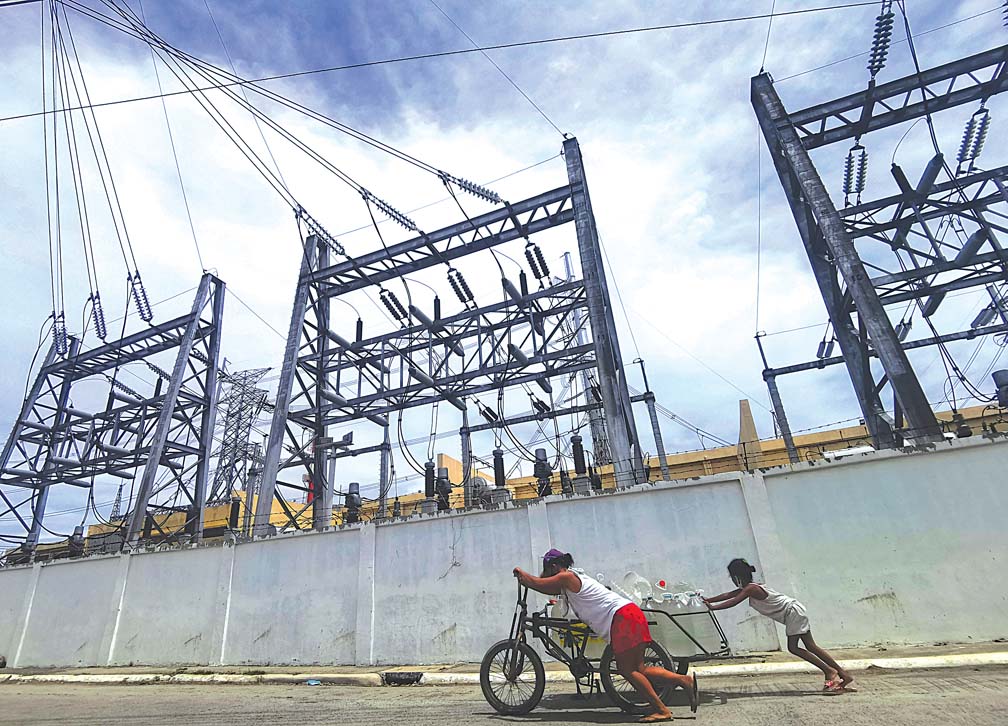Dollar remittances to the Philippines hit their highest level for 2022 in June, as overseas Filipinos increased their padala (money sent home) to finance the higher prices of household goods and commodities in the country.
Data from the Bangko Sentral ng Pilipinas (BSP) showed that cash remittances that coursed through banks from different parts of the world to the Philippines hit $2.755 billion in June. This is the highest volume of monthly remittances for 2022.
The June volume of remittances is also 4.4 percent higher compared to the $2.638 billion seen in the same month last year. This is also the highest monthly growth rate for the year.
In the view of Rizal Commercial Banking Corporation (RCBC) chief economist Michael Ricafort, one of the main reasons overseas Filipinos were prompted to send more money during the month—apart from the return to normalcy of the global economy—is concern over the rising prices of goods and commodities.
In June, local inflation hit 6.1 percent as the majority of commodity groups registered inflation rates. Food and energy-related items were the key drivers, while transport inflation also continued to rise due to higher fuel prices and jeepney fare hikes in select regions.
The June remittance increase resulted in the growth of the cumulative cash remittances by 2.9 percent to $15.347 billion in the first half of 2022, from $14.918 billion recorded in the comparable period in 2021.
In terms of country sources, the BSP said the growth in cash remittances from the United States, Saudi Arabia, Japan, Qatar and Singapore contributed largely to the increase in remittances in the first half of 2022.
According to Ricafort, remittances during the month could have been larger, if not partly offset by the weak peso during the month.
“An offsetting factor has been the weaker peso exchange rate vs. the US dollar in recent months at 55.00 levels recently that could have somewhat reduced the amount of OFW remittances needed to pay for the same amount of spending in pesos in the country,” the economist said.
Going forward, Ricafort said there may still be a need to send more remittances due to higher prices.
“Remittances and conversion to pesos are expected to seasonally increase in the fourth quarter, in preparation for the holiday season and spending, a pattern seen in recent years,” Ricafort said.
Image credits: Andrii Zastrozhnov | Dreamstime.com
































